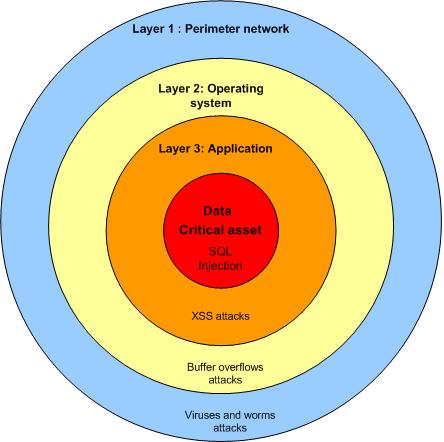

ISO 27002 control A 10.4.2 of the standard requires that mobile code execution should be restricted to an intended environment to support an authorized organization mobile code policy.
What is a mobile code so let’s first start with the definition: ‘Program or a code that can execute on remote locations without any modification in the code can travel and execute from one machine to another on a network during its lifetime.’ Some of the computer languages used for mobile code include but not limited to Java, JavaScript, Active x, VB script, C++, C#, ASP.NET, macros and postscripts.
Mobile code could be use for some benign to a very malicious activity which basically depend on coder intentions. Malicious activities may include collection of personal and private information, patient healthcare information, introducing Trojans & worms, and sometime used to modify or destroy information.
Different mobile code languages are used to achieve various goals by the the coder, most pop-ups are coded in JavaScript, Active x for downloading apps and patches. Only If a coder/hacker is enable to execute a mobile code on an organization infrastructure (PC, router, switch, server..) will make it possible to download, collect personal and private information and for that matter any other malicious activity.
example, if one window or frame hosted on one server tries to access the properties of a window or a frame that contains a page from a different server, then the policy of the browser comes into play and restricts that type of action from happening. The idea behind such restrictions is to prevent hackers from putting their pages inside the original page and extract unauthorized information where codes inside their pages are written for that purpose
Protections for Mobile Code
One of the solutions to secure the JavaScript from using it to write a mobile code and run it on the client-side is to perform parsing of the code before execution. If the code can be parsed before execution i.e. having access to the stack, where control over the execution of the code can be achieved the malicious virus can be prevented.
The best and the easiest way to block mobile code is to have an authorized policy to ban or restrict the mobile code into your organization. To implement this policy, an organization can build a rule set on their firewall to block all the mobile code at the perimeter and stop entering into the organization. At the same this may not be feasible for many organizations since languages like JavaScript and active x are used heavily in building website to add bells and whistles. This takes us back to familiar risk assessment question, how much and what mobile code should be allowed into the organization. Organization should assess the related risk to each mobile code and allow or disallow based on the risk it pose to business. If there’s an exception make sure the business owner sign off the exemption form.
Ongoing user awareness to mobile code policy and risk assessment process will be necessary to minimize risk. Block mobile code should be monitored or scanned based on the policy and appropriate measures should be taken if rogue mobile code is detected.
Do you check your verdors or partners are not downloading malicious mobile code on your website?
To know more about Mobile Code….
Titles on eBay
Titles on DISC InfoSec Store
Tags: ActiveX, Business, ISO/IEC 27002, Java, JavaScript, Mobile code, Personal computer, VBScript
















![Reblog this post [with Zemanta]](https://img.zemanta.com/reblog_e.png?x-id=6d5c8feb-499c-434e-b44b-a01d6b2567e4)


